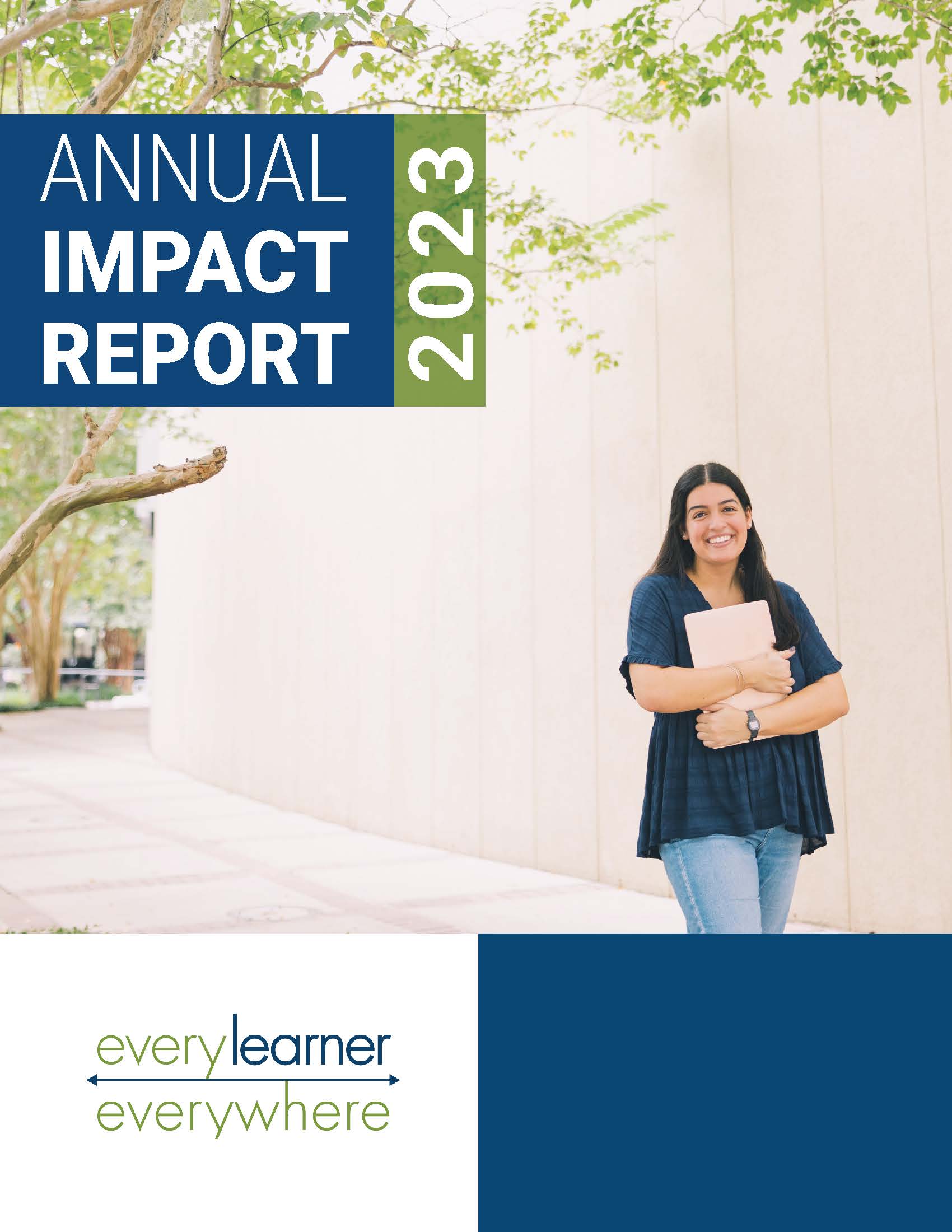Underrepresented students enrolled in postsecondary educational institutions in the U.S. are faced with key barriers and challenges that have created an equity gap. By considering the needs of underrepresented students, faculty and institutions are able to implement digital courseware solutions to take a step towards closing the equity gap and improving student learning, course completion, persistence, and degree completion. Along with the imperative to improve student outcomes and close the equity gap, digital learning innovations have the potential to improve instruction and learning effectiveness by facilitating effective pedagogies of and to improve the efficiency in higher education. In 2018, as an Every Learner Everywhere partner, the Online Learning Consortium assumed the role of the digital learning innovations coordinator with a goal to identify new and emerging trends in that space, focusing in particular on adaptive technology. In order to achieve that goal, OLC again partnered with DETA to perform an adapted environmental scan to systematically review relevant data and identify opportunities that could influence future pathways of the network.
The focus of this effort was to illustrate digital learning innovation trends. Digital learning innovations were located through a scan of the postsecondary environment through various data sources in order to identify prominent innovations that have the potential to improve student outcomes in postsecondary education. Digital learning innovations included technologies, such as adaptive learning and open education resources, that improve access, equity, and learning. A timeframe for the collection of relevant data was established from January 1st, 2018, to September 1st, 2019. In this study, digital learning innovations are defined either as scalable solutions to fill known gaps in student learning and challenges, or as digital course development and adoption. Digital learning innovations can take the form of digital courseware, core learning technologies, design-based processes, or associated solutions that faculty and institutions can implement to move the needle on student access and/or learning.
Download Study





